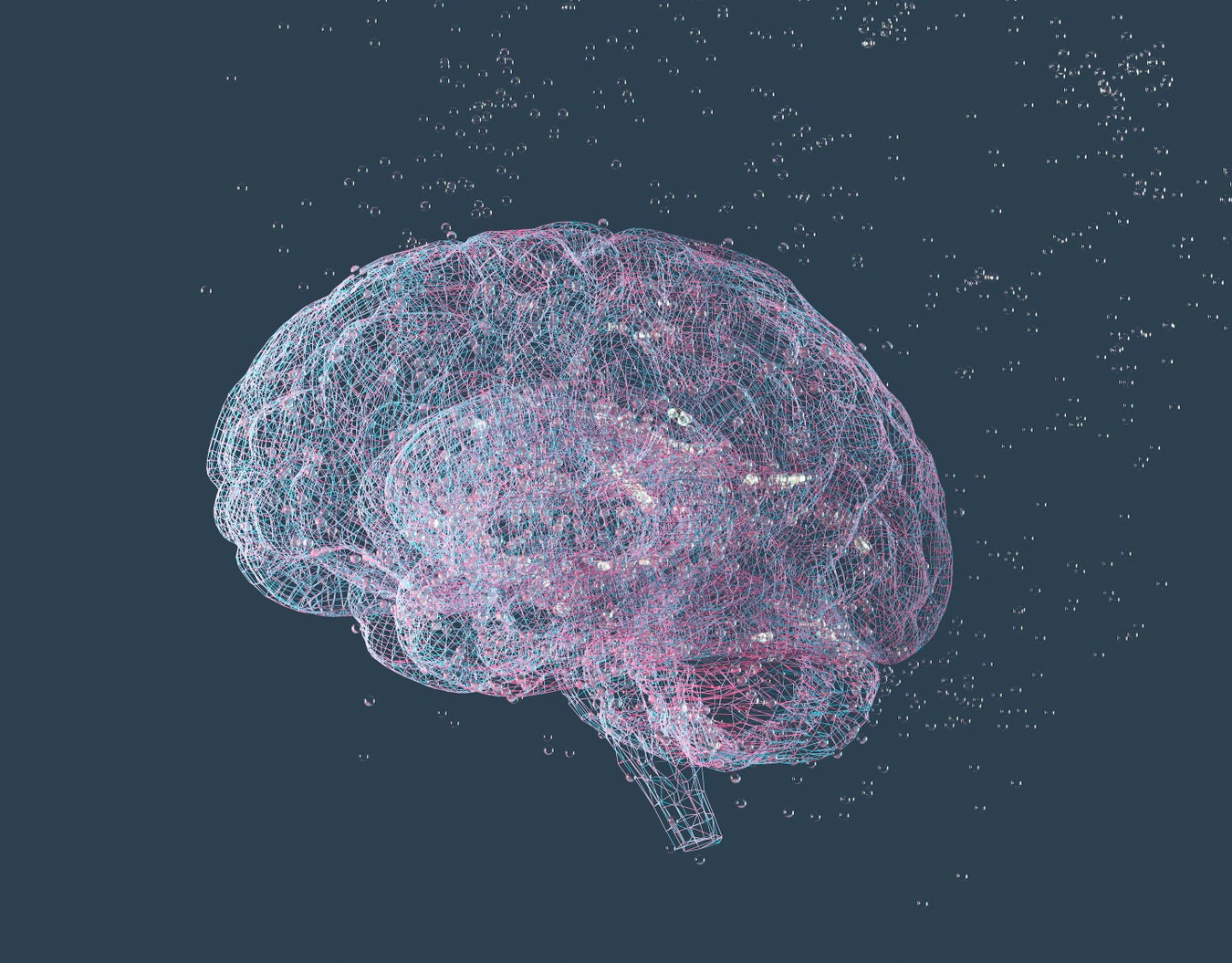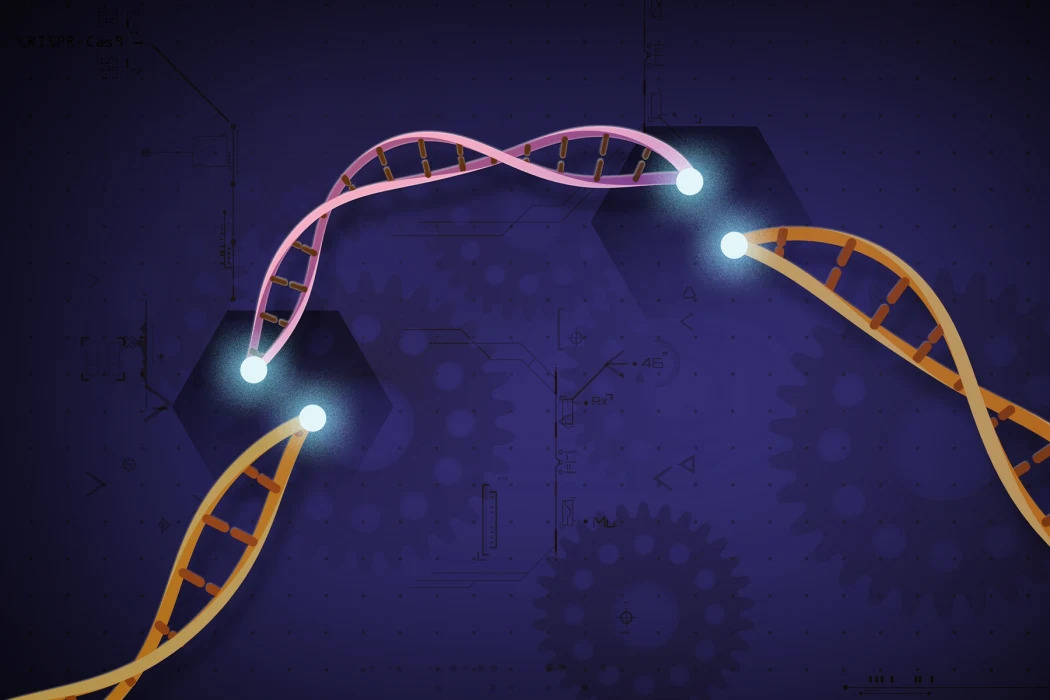Firstly, what are disasters? They are serious and sudden disruptions that cause dysfunction in states or societies at any scale. Emphasizing the word “sudden” highlights the abrupt nature of these events, which overwhelm the human mind and disturb the normal thought processes necessary for making quick decisions. This initial paralysis in response to unexpected threats can delay critical actions, such as evacuating an area, seeking shelter, or providing help. Consequently, the rise in the death toll can be significant. However, with advancements in technology, robots are increasingly playing an important role in disaster response and search-and-rescue missions.
Now, let’s talk about what robots are. They are machines designed to perform tasks autonomously or semi-autonomously, without emotions or the ability to comprehend feelings. During disasters, robots can significantly increase efficiency by searching for survivors, delivering critical supplies, and helping people reach shelters.
Our human bodies, made of flesh and bones, are undoubtedly strong but can only withstand a certain amount of pressure and exert a limited amount of strength. In contrast, robots are generally built with metals such as aluminum and titanium, which are proven to resist much higher magnitudes of pressure. Thus, when disasters cause infrastructure failures, the situation becomes too risky and perilous for humans to enter. In these cases, robots prove to be ideal for rescuing and navigating survivors under harsh conditions that might otherwise be unreachable.
As mentioned earlier, human emotions and thought processes can lead to overwhelm and emotional responses during such situations. This is because the emotional centers of the brain, especially the amygdala, can override areas like the prefrontal cortex. Under these conditions, the likelihood of human error increases significantly. However, robots operate more strategically. With programmed data, GPS, and advanced sensors, robots can reduce the time needed to save those affected, allowing for faster treatment.
Another critical aspect of using robots in disaster response is their role in delivering medical supplies, food, and water to survivors. When roads are blocked or infrastructure is damaged, traditional methods of delivering aid may become impossible. Robots, particularly drones, can overcome these obstacles, ensuring that aid reaches those in need quickly and safely.
It’s also important to address an often-overlooked aspect: while robots are efficient and helpful in search and rescue missions, the sudden nature of disasters in both underdeveloped and developing countries can make it excessively difficult to afford and develop such advanced robots. Although this field has progressed over the years, it has not yet reached its peak, leaving room for potential malfunctions that could impact life or death scenarios.
On a brighter note, the global focus on artificial intelligence (AI) has become one of the world’s top priorities. Therefore, it is safe to say that robots will not only assist humans but also contribute to making the world a more efficient and interconnected place. To conclude, I’ll end with a quote from David Hanson: “The future of robots is a partnership between humans and machines.”
written by Sameera Anis




